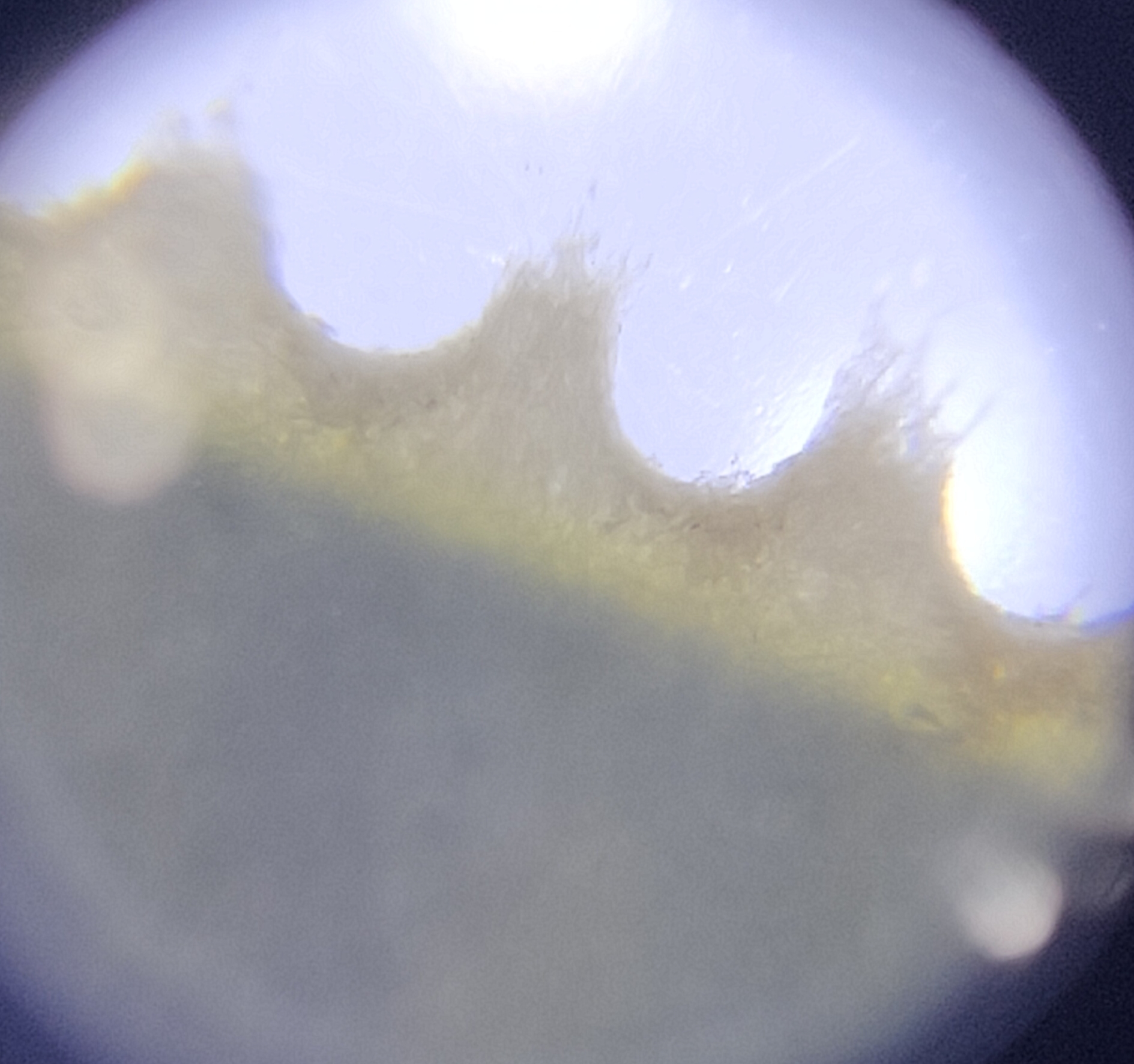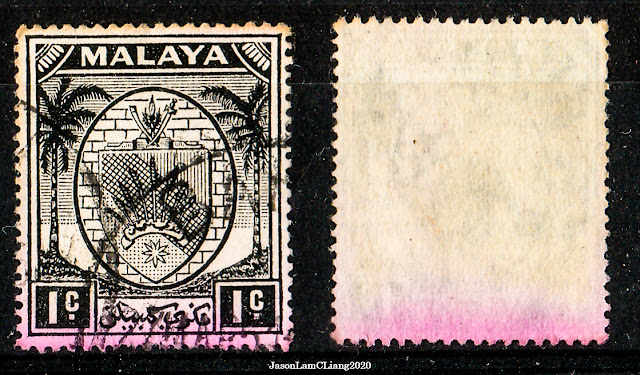Established by the British Government in 1896, the Federated Malay States (FMS) comprised of four independent Malay states: Selangor, Negri Sembilan (Negeri Sembilan), Pahang, and Perak with Kuala Lumpur as the designated administrative capital. The flag of the FMS consisted of stripes of white, red, yellow, and black from top to bottom - in the same order as mentioned - with a leaping Malayan Tiger in the middle. The stripes represented all the states of FMS.
The reason of merging these four protected states mostly, if not, majorly gravitate around the need to secure, safeguard, and strengthen commercial interests. Local administrators strongly opted for the establishment of FMS since their economic motives could be quickly realized. Going deeper into this subject would result in writing (and ranting) more hence let me just quote a few references used at the end of this post.
 |
| Flag of the FMS |
This article will feature just the earlier issues (1891 or 1892) of leaping tigers in these states.
Selangor (1891-1895)
Four denominations for Selangor: 1c green (1893), 2c rose, 2c orange (1895), and 5c blue (1892).
Perak (1892)
Four denominations for Perak: 1c green, 2c rose, 2c orange, and 5c blue.
Pahang (1891-1895)
Three denominations for Pahang: 1c green (1895), 2c rose (1891), and 5c blue (1893).
Negri Sembilan (Negeri Sembilan)
Three denominations for Negri Sembilan: 1c green, 2c rose, and 5c blue.
Sungei Ujong
Three denominations for Sungei Ujong: 2c rose, 2c orange, and 5c blue.
Earlier it was mentioned that the FMS consisted of just four state, however, there were five sets issued with the additional one being Sungei Ujong. To clarify and solve this confusion, Sungei Ujong was once a nonfederated native state in which its confederation with other native states formed the greater Negeri Sembilan in 1895. Until then, Sungei Ujong was separately administrated since it has independent relations to the British.
The administration of the state was divided into two parts. The western part was under the jurisdiction of the Negeri Sembilan Resident, Martin Lister while the eastern part including Sungei Ujong and Jelebu was under the watch of W. F. B. Paul. It was only after the formation of the Negeri Sembilan confederation after August 1895 that Martin Lister, for the second time, become the Resident of Negeri Sembilan (this is the Greater Negeri Sembilan). Now that I have touched on Negeri Sembilan, it might be good to save this thought on future articles, which I will cover on this state exclusively - perhaps when I have gathered and read enough. Hence, I hope that the brief explanation on why Sungei Ujong and Negeri Sembilan was once administratively apart, suffice.
Note on stamps:
1. Selangor 1891-95 ISC51-54 1c to 5c multicolored 'Tiger'
Wmk. Crown CA
P. 14
2. Perak 1892 ISC59-62 1c to 5c multicolored 'Tiger'
Wmk. Crown CA
P. 14
3. Pahang 1891-1895 ISC11-13 1c to 5c multicolored 'Tiger'
Wmk. Crown CA
P. 14
4. Negeri Sembilan 1891-1895 ISC2-4 1c to 5c multicolored 'Tiger'
Wmk. Crown CA
P. 14
5. Sungei Ujong 1891-1894 ISC50-52 2c to 5c multicolored 'Tiger'
Wmk. Crown CA
P. 14
References:
Bird, I. L. (1883) The Golden Chersonese and The Way Thither. G. P. Putnam's Sons: New York.
Gullick, J. M. (1951) The Negri Sembilan Economy of the 1890's. Journal of the Malayan Branch of the Royal Asiatic Society 24: 1(154), pp. 38-55.
Gullick, J. M. (1954) The War with Yam Tuan Antah. Journal of the Malayan Branch of the Royal Asiatic Society 27: 1(165), pp. 1-23.
Kato, T. (1991) When rubber came: the Negri Sembilan experience. Southeast Asian Studies 29: 2, pp. 109-157
Sadka, E. (1968) The Protected Malay States 1874-1895. University of Malaya Press Kuala Lumpur.









Comments
Post a Comment